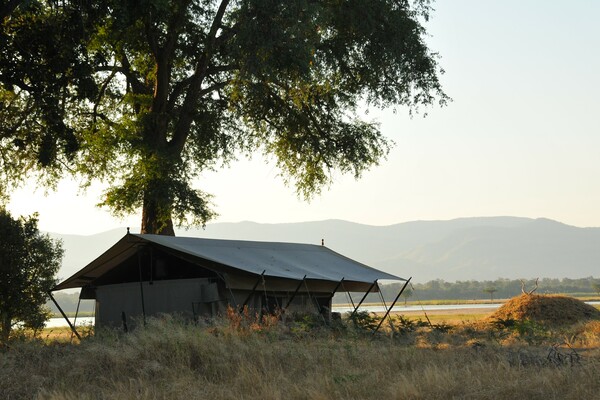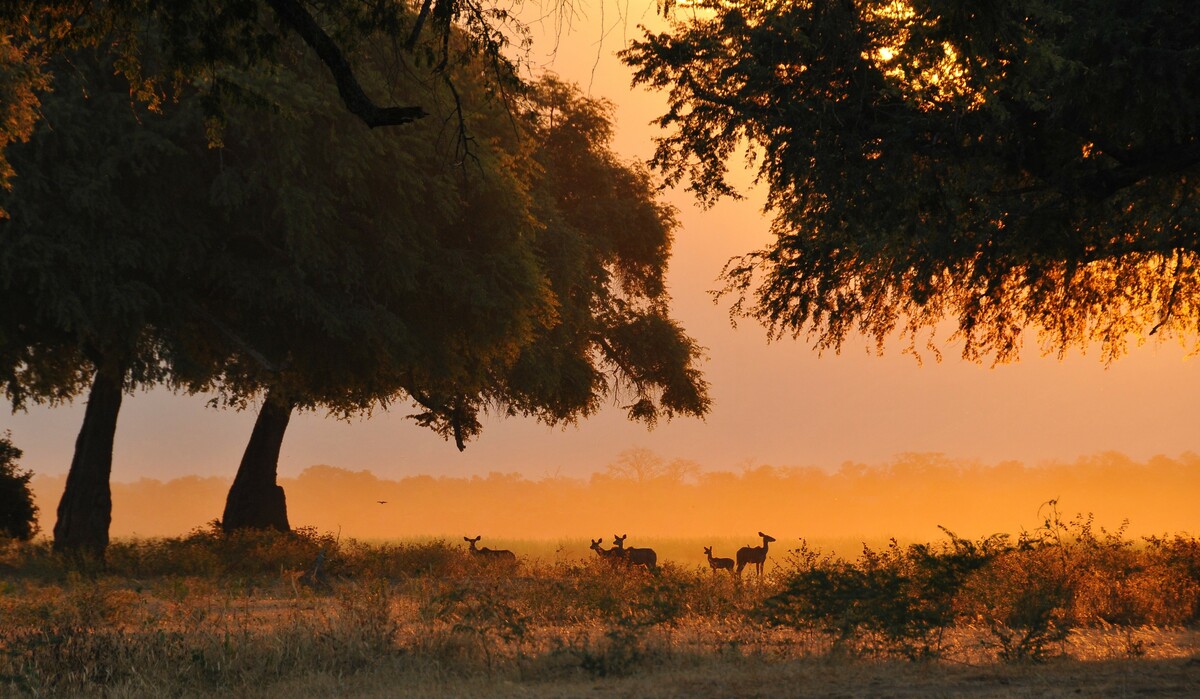
This time last year I was invited out to Zimbabwe to visit protected areas, camps we offer through our responsible travel programme, and to meet with projects.
I spent a week of the trip on safari, with time split between Mana Pools and Hwange National Park.
Here is a quick overview of my impressions of Mana Pools, and some things to think about if you are planning a trip.
We provide expert first hand advice and can take care of all your booking arrangements. Please do check out our dedicated safari website for further info, or drop us a line.
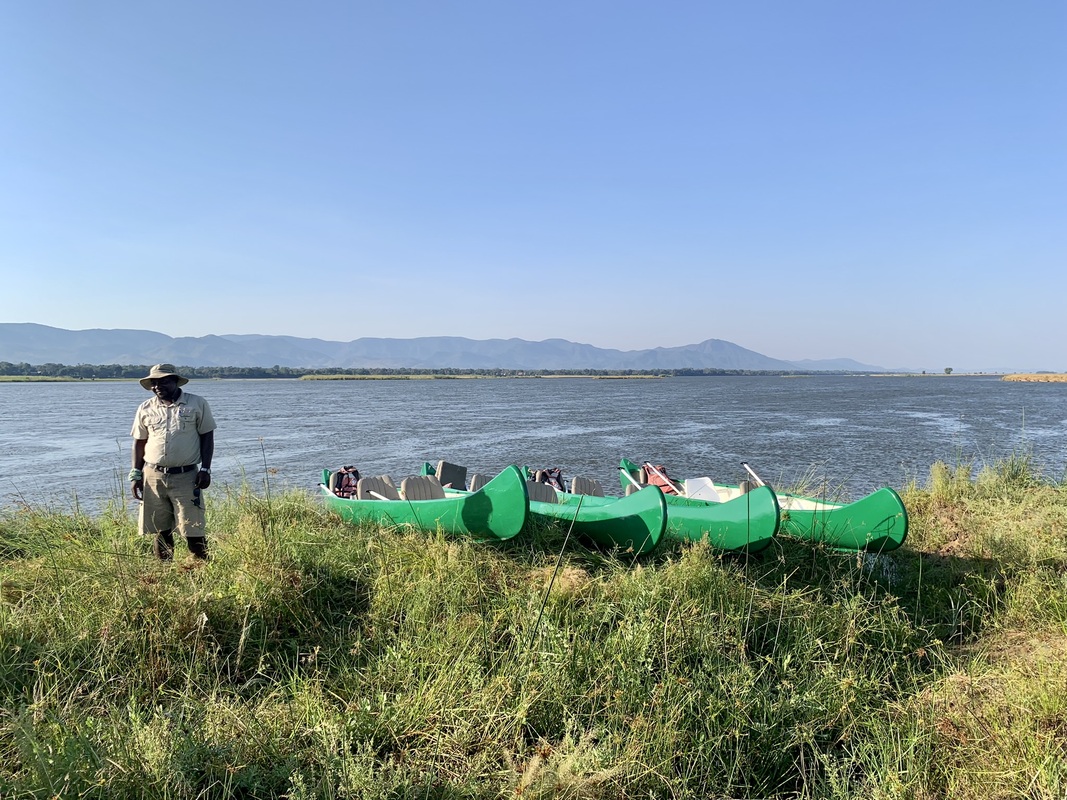
Mana Pools
Mana Pools is a UNESCO World Heritage site on the southern banks of the Zambezi River. It is located in the wild northern region of Zimbabwe and a safari here really delivers in terms of an all-round wilderness experience.
There's prolific wildlife, a great range of activities led by expert local guides and some excellent owner-run bush camps offering a low impact, high quality experience, as well as some luxury accommodation options too.
Background
Mana is the Shona word for 'four' and refers to the four largest ox-bow pools - these provide a permanent source of water for wildlife throughout the dry season (May-October).
Above all, this is a truly beautiful destination and many of the camps are focused on delivering an outdoorsy experience. The light filters through the winterthorn trees giving an ethereal quality to the landscape. You have views over the river to the Lower Zambezi National Park in Zambia, and the spectacular mountains beyond. There's very little development.
As you move from the riverside inland the landscape changes giving many different zones to explore and a range of wildlife to encounter. First you get the giant trees studding the floodplain - mahogany and winterthorn acacia - then the wonderful fig trees, just waiting for a leopard to relax in the boughs, and then mopane woodland, and the dry deciduous thickets known as the Jesse bush.
The riverside area of Mana is particularly beautiful and stands out from other safari areas because it is so open - you can see a long way and this makes it excellent for walking.
Walking in Mana Pools is epic - and some guides are renowned for their close encounters with Mana's most famous residents - the big bull elephants.
My most memorable Mana moments were on foot - with Boswell the bull elephant (see video here>>>) and when we approached a pride of lion on foot - that was exciting.
Canoeing is also a fantastic experience, particularly late afternoon when the river is calm, the hippos are in full voice, and the sun is going down. It helps that there's a safari bar at the end of the paddle!
Another real highlight was alfresco dining, from dawn breakfast by the camp fire, morning coffee and cookies out on the plains, lunch in the shade of the mahogany trees, incredible riverside sundowners and then dinner under the stars.
The quality of guiding needs a special mention. Zimbabwe has an incredibly gruelling four year accreditation process which includes practical assessments, at least 2 years being mentored in the field and theory exams as well. Guides are so knowledgeable and skilled.
I visited very early in the season - at the end of April - so everything was still green and lush and although wildlife was more widely dispersed I still saw a great deal. If you go early in the season in late April/May I would plan to stay longer to maximise your chances of seeing as much as possible.
Depending on the rains, the landscape can change enormously between April and November. Best wildlife viewing is generally considered to be August to November when animals congregate around water sources, but I find November very hot (and dry and dusty), especially for walking, and river levels may be too low for boating so this is something to consider. Late April/ early May proved excellent for wild dogs as this is before they den in May/June. Denning lasts around 3 months.
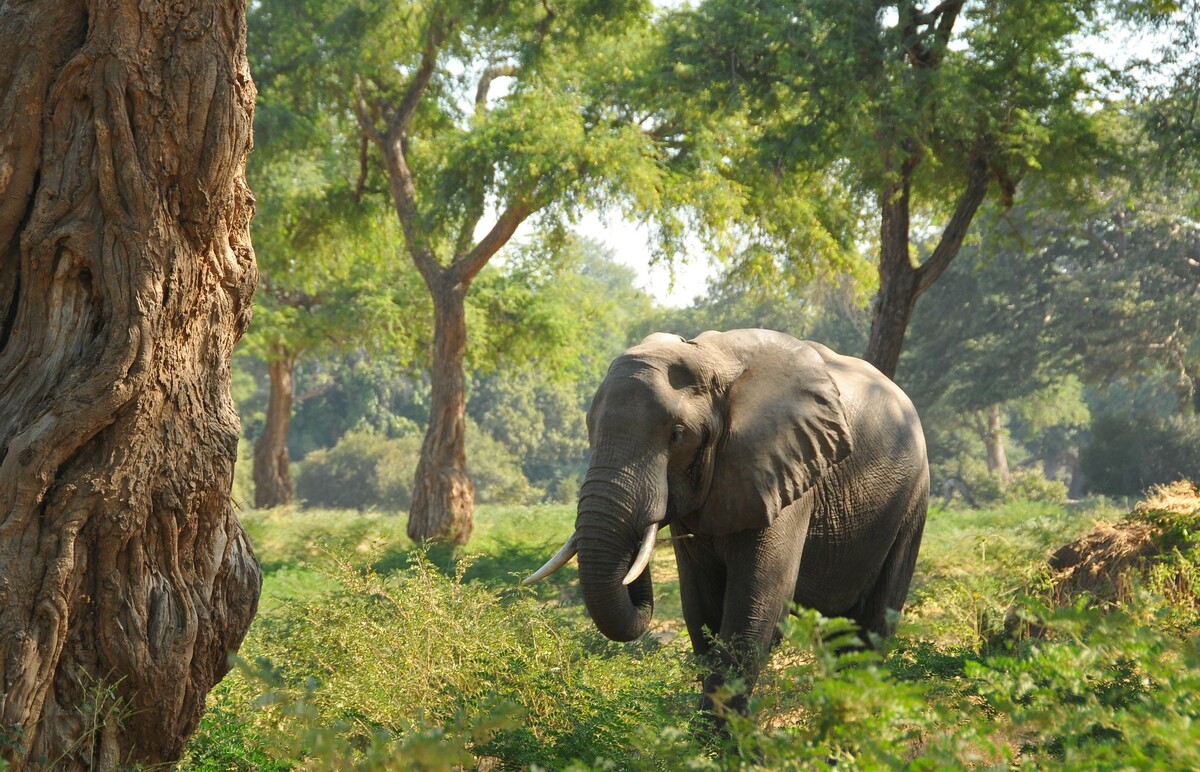
Thinking of a safari in Mana Pools? Ask yourself these questions!
Activities - which activities are most important to you? Driving, walking, fishing, boating, birding are all available. Some camps are very specialist, for example with a focus on walking. If we know your preferences we can suggest the most suitable camps.
Experience - Mana excels when it comes to authentic bush camping - bush camps provide different levels of comfort. The most adventurous option is the rustic mobile tented or expedition style camp with bucket showers. Life revolves around the camp fire and it's a brilliant opportunity to really immerse yourself in nature. It's still very comfortable, with floor-standing fans, proper beds but they'll be a central charging point in the mess tent for cameras/phones etc rather than in your tent, and fewer frills - don't expect a hairdryer for instance. Then you have the classic tented camps which tend to have a plumbed ensuite bathroom facility - some also have charging facilities in-tent but not all - and then you have the luxury camp/lodge with lots of frills at the other end of the spectrum.
When do you want to go and for how long? You can safari in Mana Pools April - November. 3 nights is really the minimum time you'd want. I did 4 nights - 2 in an expedition camp on the riverside but easily could have stayed longer, and 2 inland which was a lovely combo. The inland camps around Kanga and Kavinga pan are brilliant during the height of the dry season - wildlife densities rise around the remaining water sources offering good sightings. The inland location offers a contrast to the riverside.
What do you hope to see? Mana Pools is fantastic for the predators including wild dogs, lion, leopard and spotted hyena. Cheetah are elusive and rarely seen. Elephants are prolific as are hippos and crocodile. You're likely to see buffalo, eland, zebra and a whole range of other plains game and birdlife. There are no giraffe or rhino in Mana Pools however if you combine Mana with Hwange you can see plenty of giraffe there, and it is also possible to see rhino at the Hwange Community Rhino Conservation Initiative based at Imvelo Ngamo Wildlife Sanctuary.
Where else do you want to visit? Mana combines really well with Hwange National Park, and also Victoria Falls. There are lots of other great combos however, depending on your budget and interests - fly to Lake Kariba/ Matusadona for more of a resort-vibe and for birding, lovely scenery, boat cruises and relaxation, or head to the south-east lowveld to Gonarezhou for off-the-beaten-track big game and wilderness.
What are you prepared to spend? Think about your budget - prices vary enormously from camp to camp, at different times of the year, for length of stay, and the combinations you choose. Having some idea of budget at the start of the conversation will help us make recommendations. Your budget may work brilliantly in mid season for instance, but be seriously stretched in peak season - this may be a compromise you're happy to make.
c£5000-£6000 + flights per person* is a realistic minimum budget (depending on time of year), but you can easily spend £15,000 - £20,000 so even if you don't have a nailed down figure it's helpful to know if you are looking at the lead-in options, somewhere in the middle, or more top end. It is worth remembering that on safari this includes accommodation, transfers, activities and guiding, food and drink, and even safari laundry so it's really just staff tips that are additional, and anything of a personal nature (e.g, souvenirs, spa where applicable etc).
*Based on a weeks safari.

Kanga pan - inland Mana

Wild dogs within 2 minutes of arriving at Dandawa airstrip
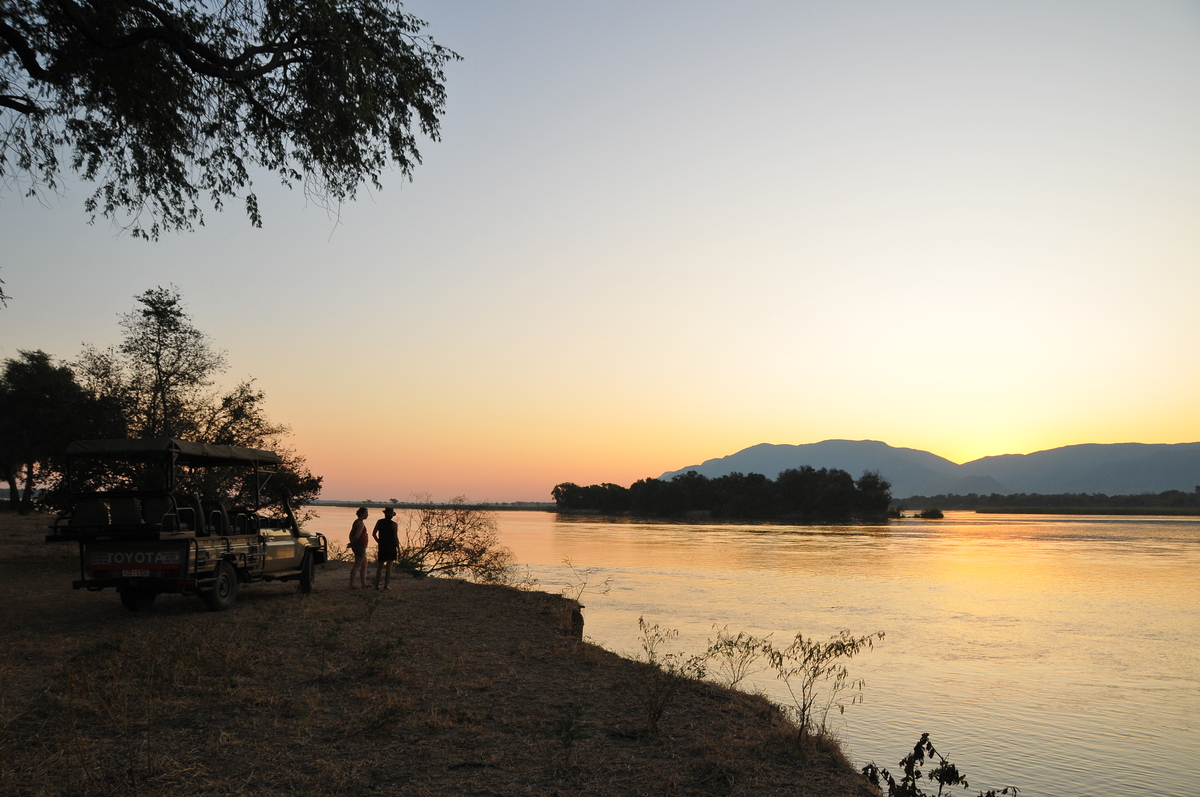
Mana riverside
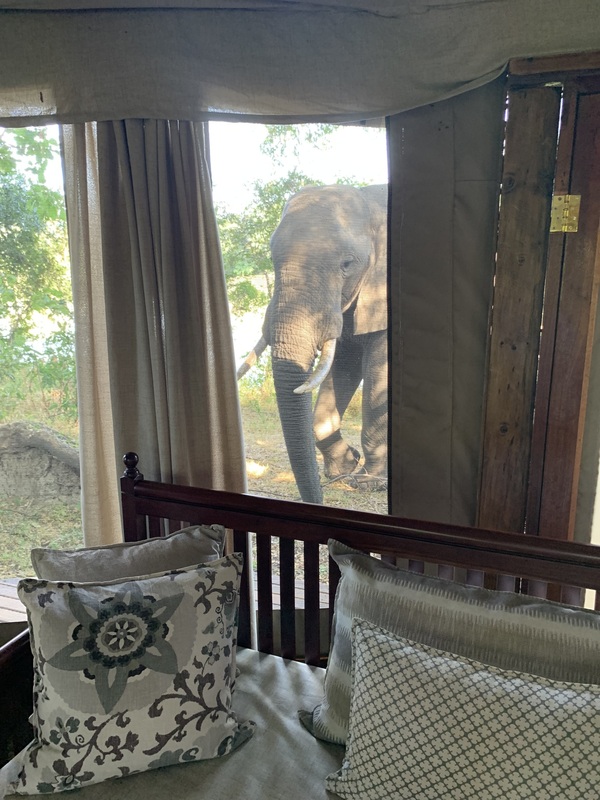
Kanga Camp, Kanga Pan - Big Mac is a regular visitor
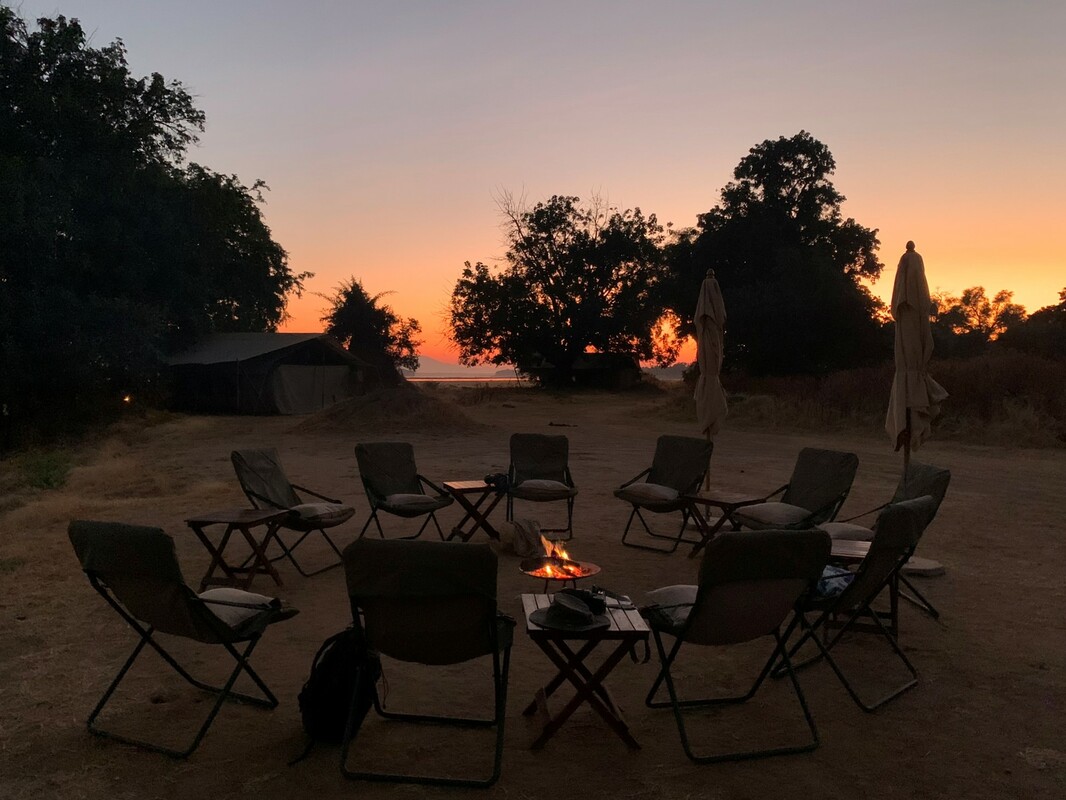
Sunrise on the Mana Riverside - expedition style camping

Bird's eye view - flying into Dandawa airstrip

Morning light - the perfect conditions for epic walking

